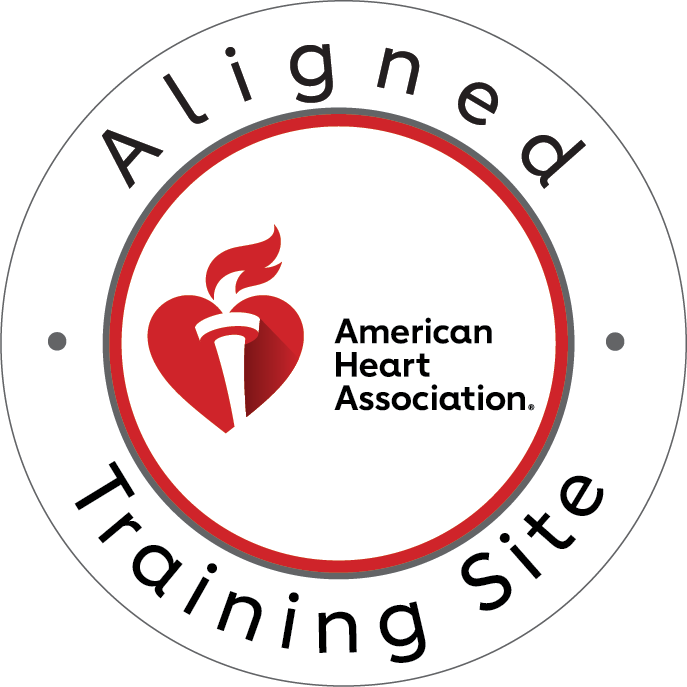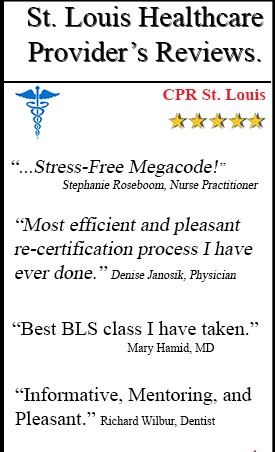There are two types of dementia – reversible and nonreversible. The reversible, which is very rare, is treatable by treating the causes such as depression, drug intoxication, brain tumors, changes in blood sugar, sodium, and calcium levels, low vitamin B12 levels, use of certain medications, including Cimetidine, and some cholesterol-lowering medications. On the other hand, the irreversible dementia, in which there is a degenerative change in the brain, cannot be treated. Irreversible dementia has different causes such as Alzheimer’s disease, vascular diseases, Parkinson’s disease, Multiple sclerosis, Huntington’s disease, Infections that can affect the brain such as HIV/AIDS, and Lyme disease. Many years ago, scientists believed in the role of aluminum in producing dementia, but now this hypothesis is not very strong. Alzheimer’s is the most common type of degenerative dementia (50-80%) in which the brain loses some functions such as memory, thinking, language, judgment, and behavior.
Although Alzheimer’s is more common among elderly people, more than 65 years old, younger people are not safe too (in 40s or 50s). There are some risk factors such as aging, genetics, and family history. The existence of Alzheimer’s in a family is an alert for the role of both genetics and environment, but the most significant risk factor is aging. Degeneration happens in the brain and neural cells are the target of this disease. The neurons lose their function, which is the conduction of the electrical discharge. Plus the function of neurotransmitters is disturbed, too. The neurons degenerate and shrink progressively, and the brain begins to atrophy and lose most of its function.
The most noticeable sign is memory loss, especially short memories, which is progressive and affects daily life. The patient does not remember the date, name, and recent information and asks repeatedly. They have difficulty managing a problem or performing a specific project due to concentration weakness impotence. They may have a problem with visual and spatial perception that makes it hard for them to read or judge the distance. They are also incapable of doing ordinary tasks in the late stage of the disease like cooking, showering, driving, or billing. In addition, they lose track of date and place. What time of year it is or where they are. In fact, they are lost in time and place. They also present nonsense talking due to some disorders in using vocabulary and finding the correct word. They are not able to find their stuff, or they cannot remember where they place them; as a result, they condemn their entourage for stealing. Plus, their judgment is weak, and cannot make a correct and suitable decision. They usually are incapable to keep clean themselves. Moreover, they do not enjoy social life anymore and become depressed, anxious, and suspicious. There are some complications such as dehydration, malnutrition, repeated fall and broken bones, violent behavior, urine, and pulmonary infection, and bedsore due to immobility.
Diagnosis of Alzheimer’s depends on more than one procedure such as medical history, physical and neurological exam, and psychological test. Blood test and CT scan or MRIs is performed to help treat reversible dementia. Although Alzheimer’s people live an average of eight years, some others live until 20 years and others less than 5 years. It depends on their health condition and the age of diagnosis.
Until today, scientists have not found any cure for Alzheimer’s disease, and all treatments are symptomatic treatments to the extent to slow their symptoms for a while and ameliorate the quality of their life. Some believe in the effects of vitamins B12, B9, and E, but there is not any scientific proof or evidence that these vitamins decrease the risk of Alzheimer’s disease. The causes of death, most of the time, are dehydration or infection.
Word Cited
“What Is Alzheimer’s?” alz.org. Alzheimer’s Association, 7 Oct. 2010. Web. 17 Oct.
2011.
“Alzheimer’s Disease.” Health Guide.The New York Times. The New York Times Company, 2010.
Web. 17 Oct. 2011.





